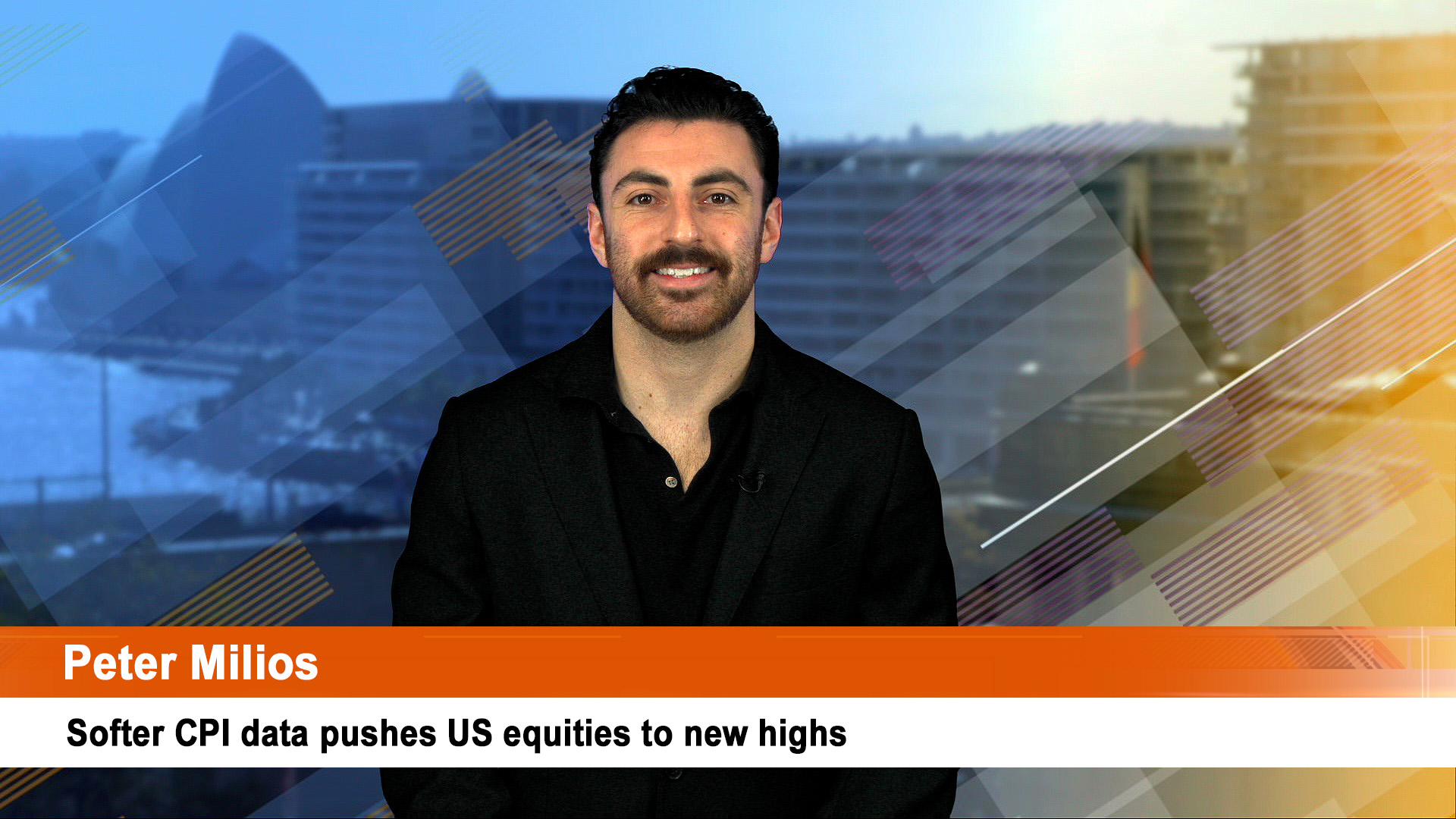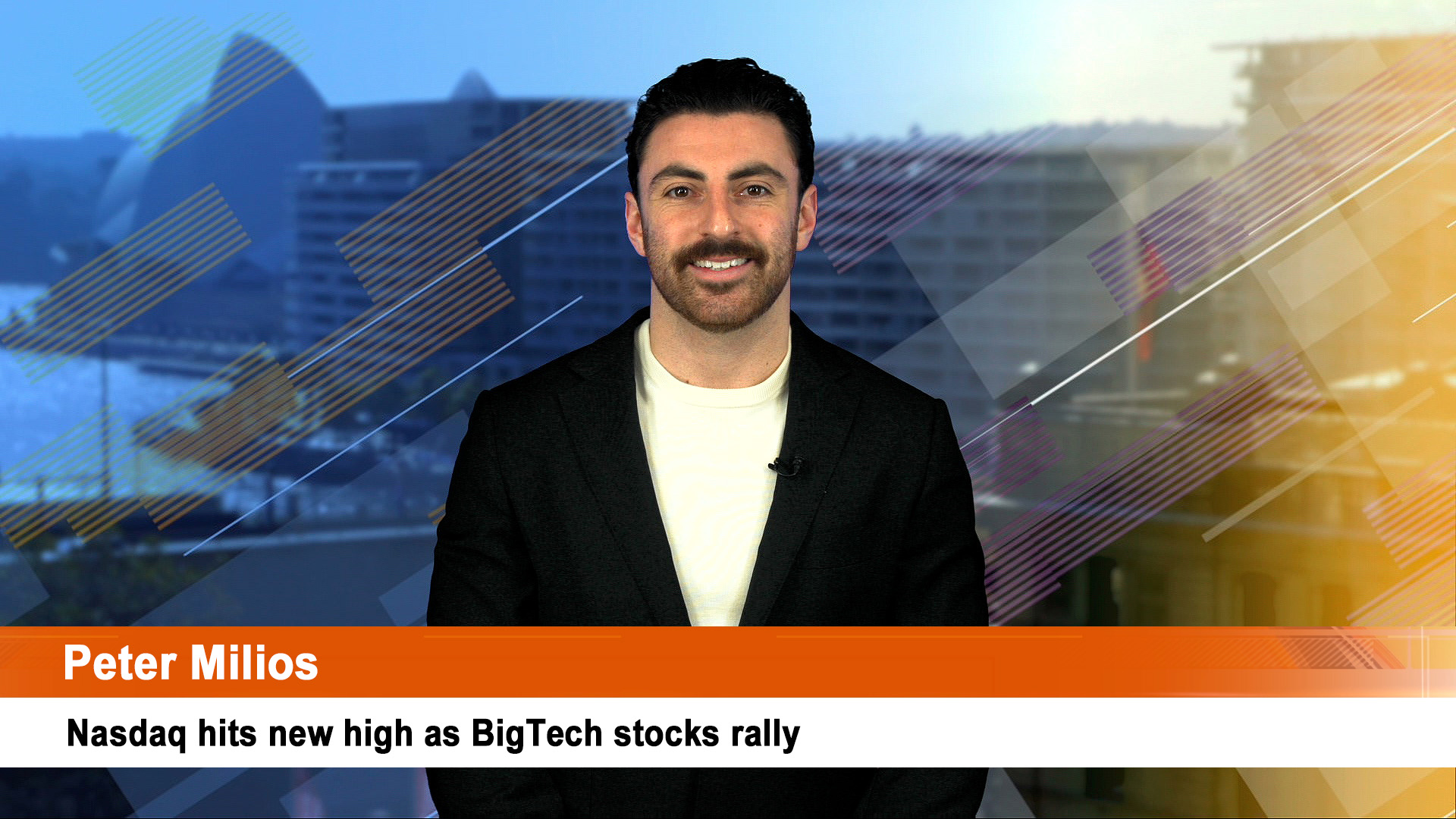Monetary policy – especially interest rates and quantitative easing – will be on the agendas of a slew of meetings by central banks around the world, including the Reserve Bank of Australia, the Bank of England and topping them all, the US Federal Reserve.
The first half of the week sees the release of October surveys of manufacturing and service sector activity – with China leading off the reports and a lot of attention on the pace of activity: will it be a contraction or a small continuing expansion?
And at the end of the week, the October jobs report for the US which is expected to meet upbeat forecasts instead of falling short as the reports for August and September did.
The Fed is expected to take its first major step away from the easy monetary policy it put in place to fight the pandemic, which if it happens will be the first of a number of milestones on the road back toward normal.
The Fed’s two-day meeting Tuesday and Wednesday is the big event for markets in the week ahead.
The central bank is widely expected to announce that it will begin to unwind its $120 billion in monthly bond purchases and end the program entirely by the middle of next year.
The Bank of England also meets Thursday, and widely forecast to lift rates. The move comes after rate hikes by South Korea, Norway, Brazil and New Zealand.
But the European Central Bank and the Bank of Japan stayed well away from any rate rise, monetary policy easing hint at their meetings last week.
“You’re going to have a wild week,” Wells Fargo Securities’ Michael Schumacher told CNBC. He says the Fed’s action will dominate the week, and the jobs report will be secondary.
There are dozens of earning reports expected, including pharmaceuticals like Pfizer, Moderna, BP, and media groups like News Corp, New York Times and Liberty Global as well as a host of travel, energy, insurance, and tech companies.
There’s also the outcome of the G-20 meeting in Rome – nothing much from that except the expected global agreement on a minimum corporate tax rate of 15% – and all the hot air from Glasgow’s COP 26 conference about climate change when the real action is already underway from business, farmers and consumers – despite all the boasts and spin from governments.
…………
In the US, the Fed is expected to announce that’s it long-mooted taper to its bond buying program will start – the timing is the only question, this month or December?
That is expected to entail a reduction in asset purchases of $US15 billion a month such that by mid next year the $US120 billion a month bond buying program will have come to an end.
This is widely expected so should not have much impact on markets, according to the AMP’s Shane Oliver.
“The Fed is likely to signal more concern about inflation but indicate that it still sees it as transitory and the conditions for a rate a hike are still not met. We expect the first rate hike to come in the second half of 2022,” he wrote at the weekend.
Moody’s economists wrote on Friday “The Federal Reserve will likely begin reducing its $120 billion in monthly asset purchases at the conclusion of the November meeting of the Federal Open Market Committee, a month earlier than in our baseline forecast.”
Economists though say the weaker-than-expected 2% growth in third-quarter GDP (first estimate) could help the Fed convince the markets that it intends to keep rates lower for longer.
Data out on Friday showed US headline inflation, including food and energy, rose at a 4.4% annual rate in September, the fastest since 1991, according to the personal consumption expenditure data.
Core inflation, which is the Fed’s preferred measure, rose 3.6% for the 12 months, the same as in August but still also the fastest pace in 30 years.
The headline inflation rate was pushed by a 24.9% surge in energy costs and a 4.1% jump in food. Services inflation rose 6.4% on the year while goods increased 5.9%.
Friday’s jobs report is widely tipped to see around 400,000 new jobs and unemployment falling to 4.7%. Watch also for the monthly wages data (per hour). The growth rate in September was an annual 4.6%.
Today and Wednesday see the release of the monthly surveys of US manufacturing and services for October which are expected to remain strong.
Corporate earnings reports will continue from around the globe but its downhill now. There’s a long list of global and regional majors reporting. Westpac here, Square (which is buying Afterpay) in the US, Toyota, Honda, Mitsubishi Motors, Barrick Gold, Airbnb, Uber, Lyft, Qualcomm, Albemarle (which has big interests in WA lithium with Mineral Resources and on its own), Softbank, The New York Times, KKR, Mitsui and Co, SocGen, Credit Suisse, Discovery, Ralph Lauren, News Corp and REA, Fox, Sainsbury, Pfizer, Moderna, Mondelez, Ryanair, Lufthansa, JAL and on the weekend, Warren Buffett’s Berkshire Hathaway.
Qantas leads a number of Australian companies holding shareholder meetings this week.
In the UK the Bank of England (BoE) is widely tipped to tighten monetary policy by lifting its key interest rate, according to the AMP’s Shane Oliver.
But economists see the BoE remaining pat with its key rate left at 0.1% but more details on a timetable to tighten, especially its bond buying.
Eurozone unemployment on Wednesday is likely to fall to 7.4%.
In Australia, besides the RBA meeting tomorrow, the central bank releases its final Statement on Monetary Policy for the year on Friday with updated economic forecasts. Besides that, there’s October home price data today – Dr Oliver reckons a 1.4% rise led by Brisbane.
There’s also building approvals, housing finance and the trade surplus for September and the quarter. Dr Oliver reckons the monthly surplus could fall from the record in August of more than $15 billion to a still high $12 billion. The final retail sales data for September will also be released late in the week.
In Asia, Indonesia and Hong Kong will release third quarter GDP data.













